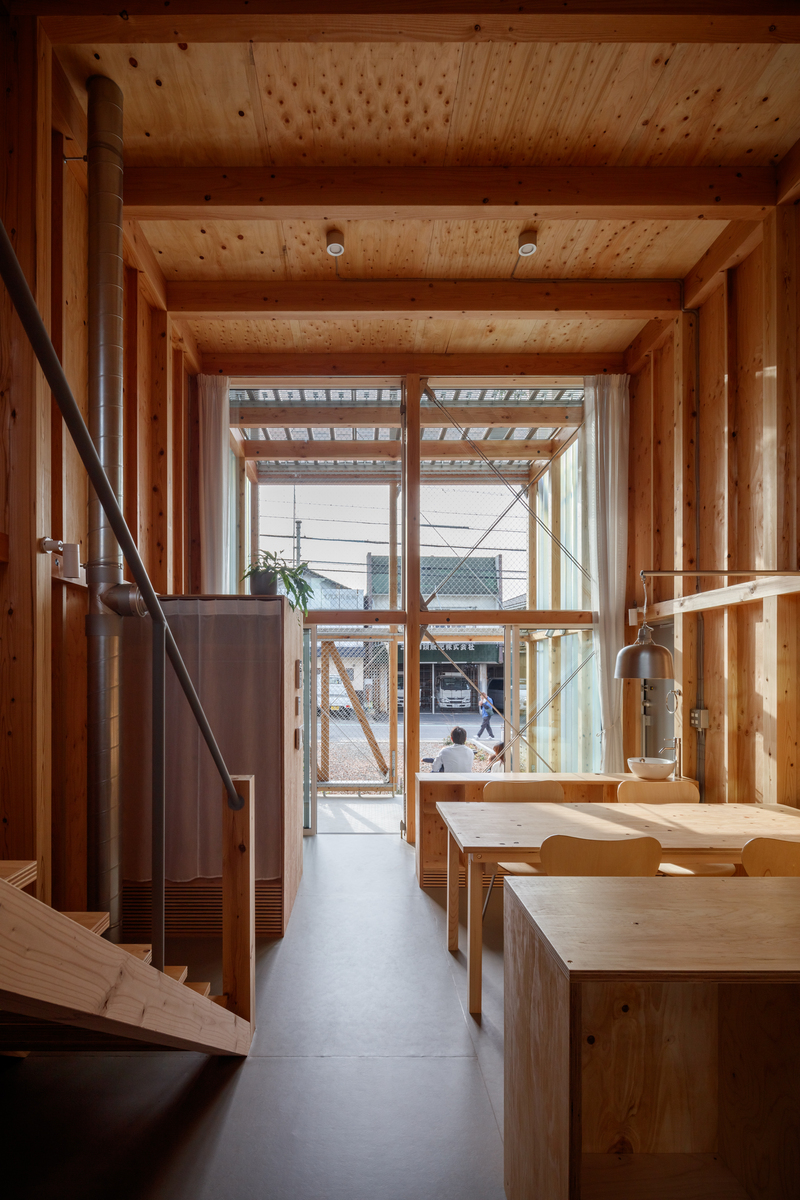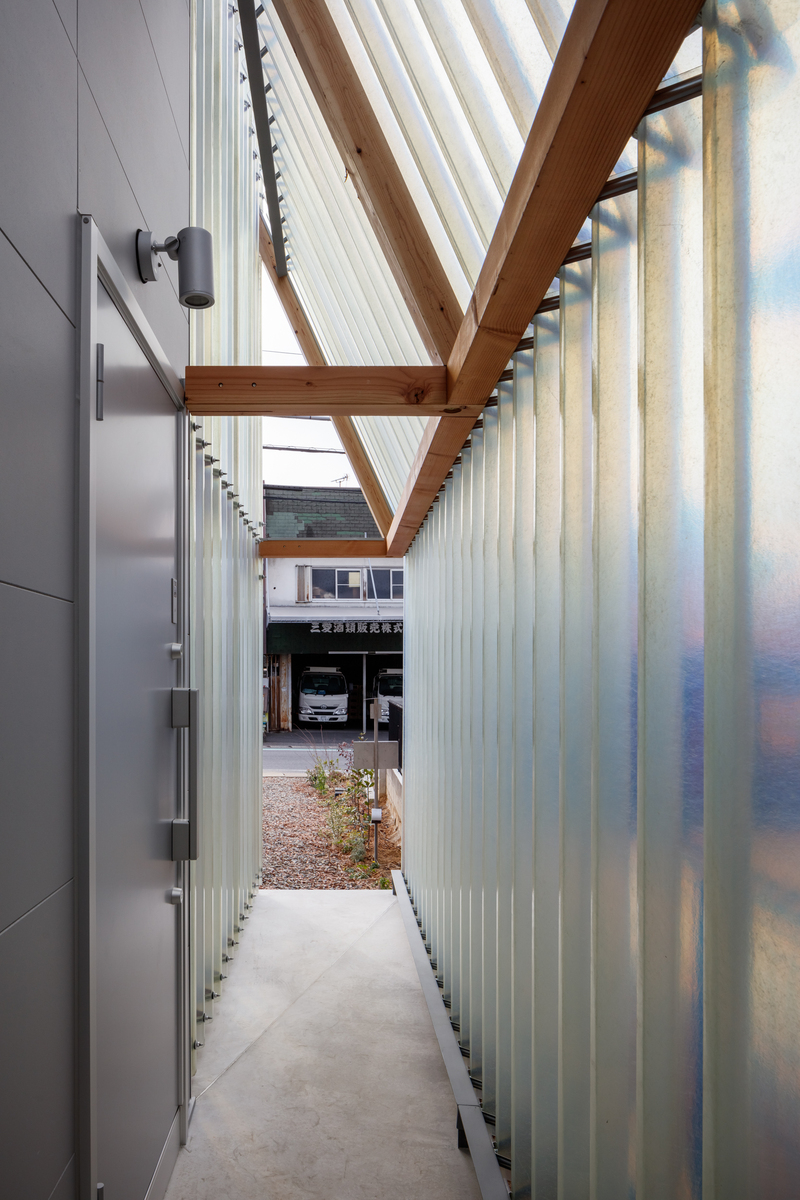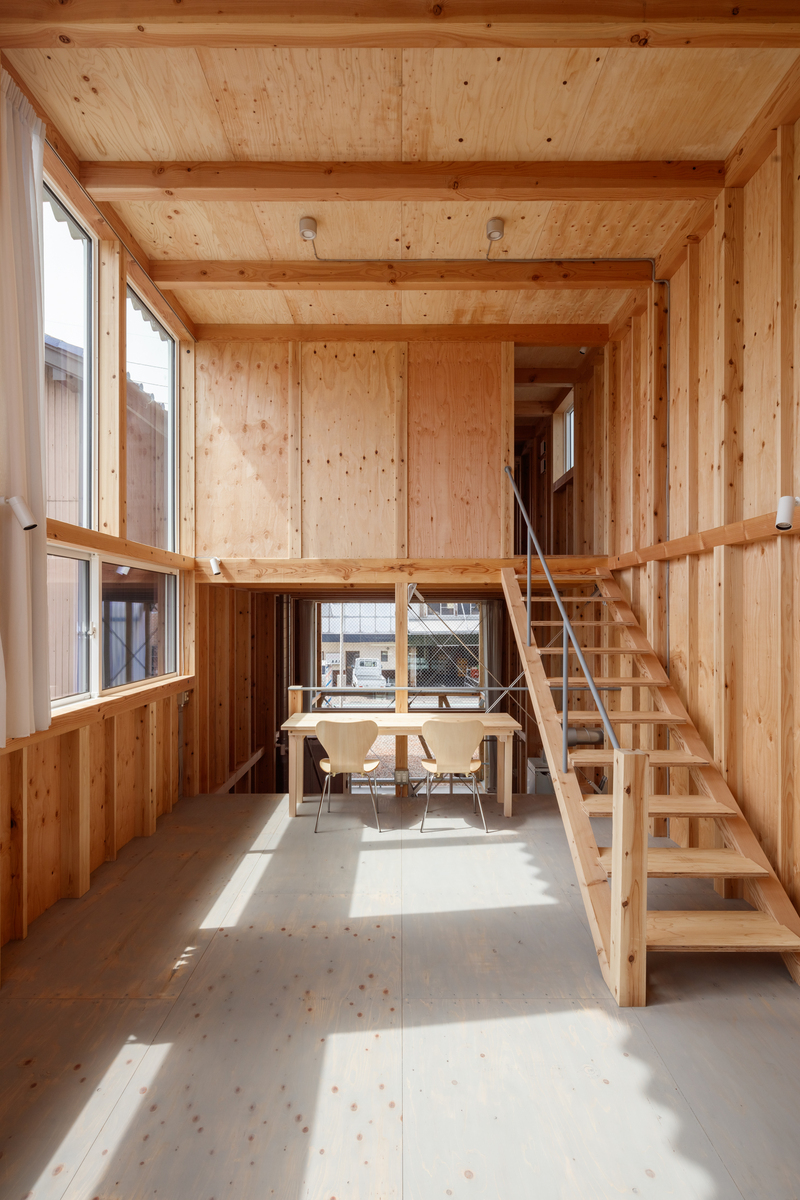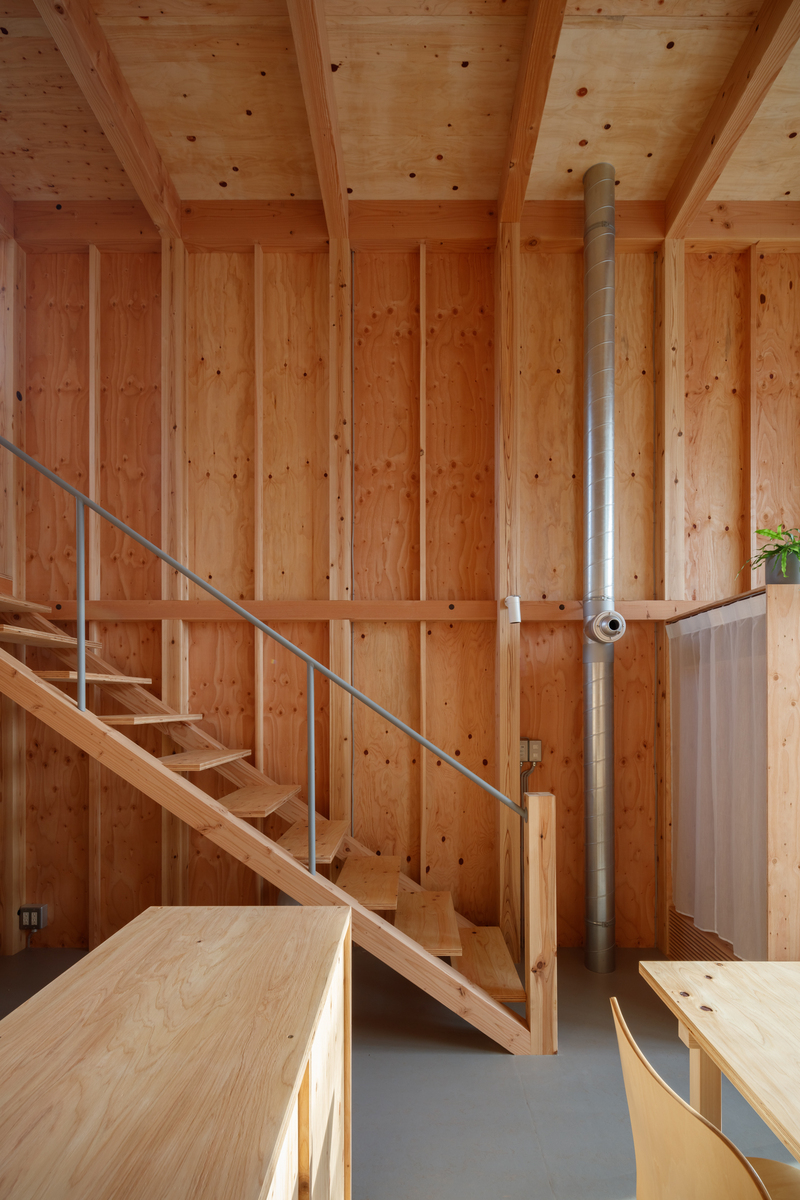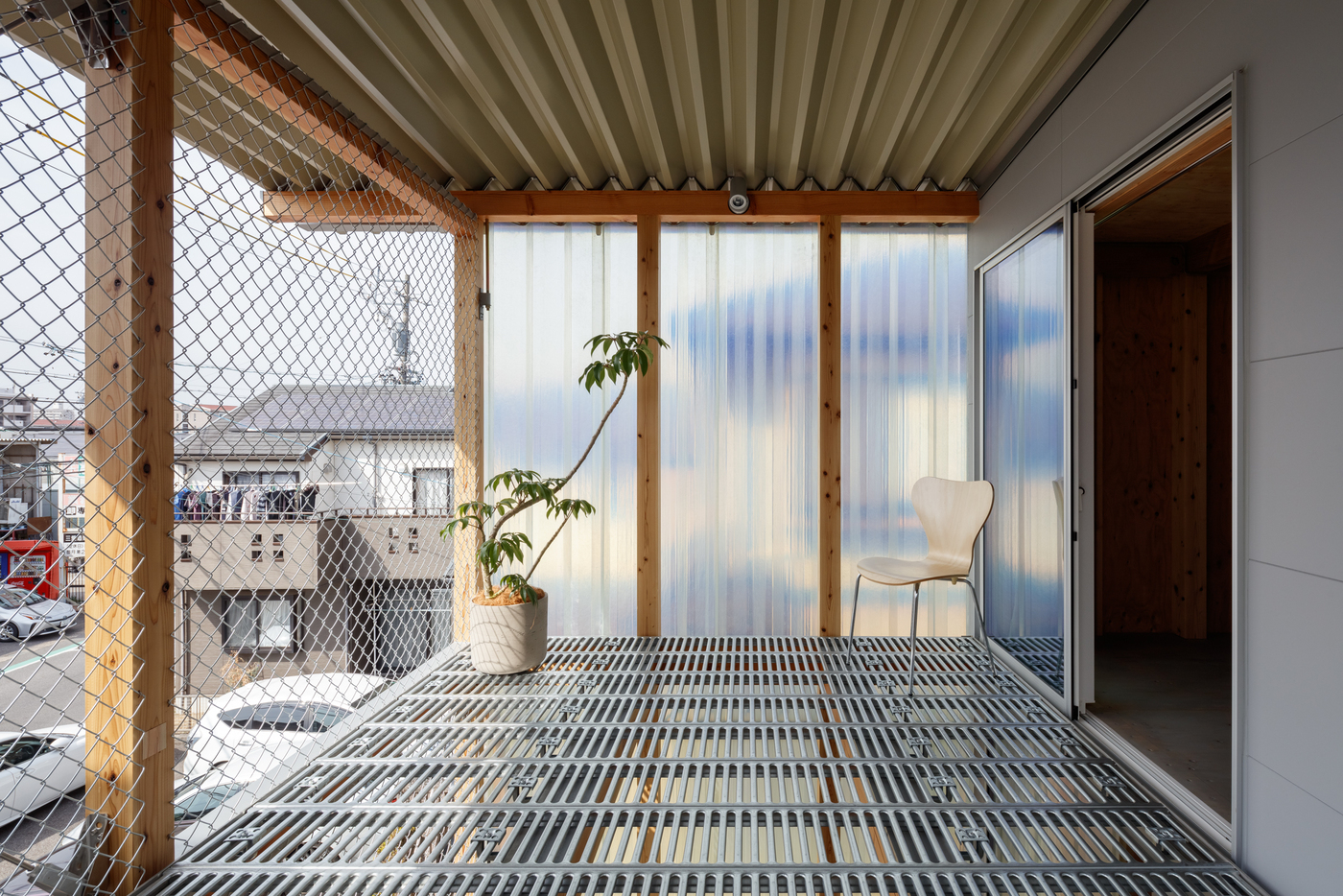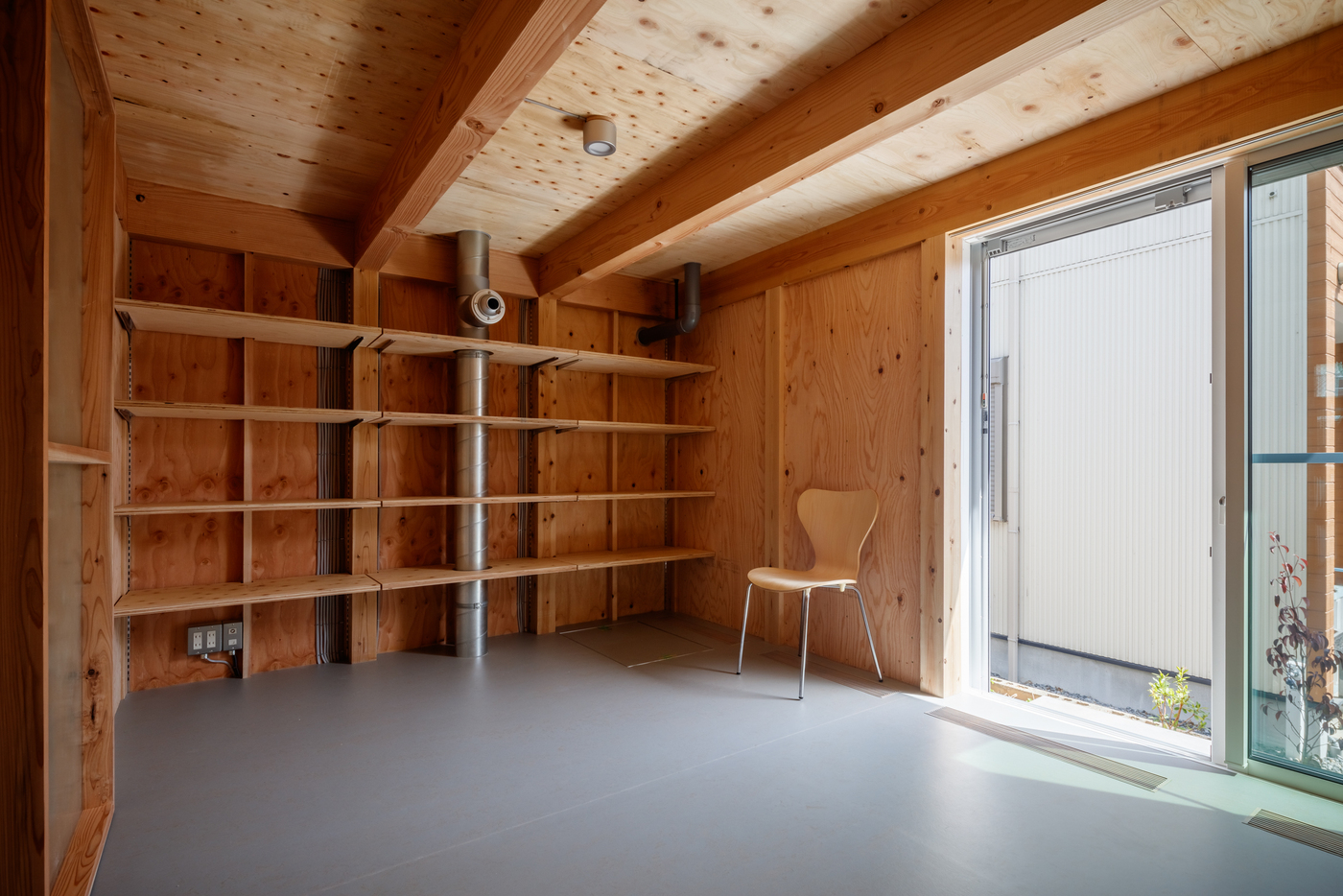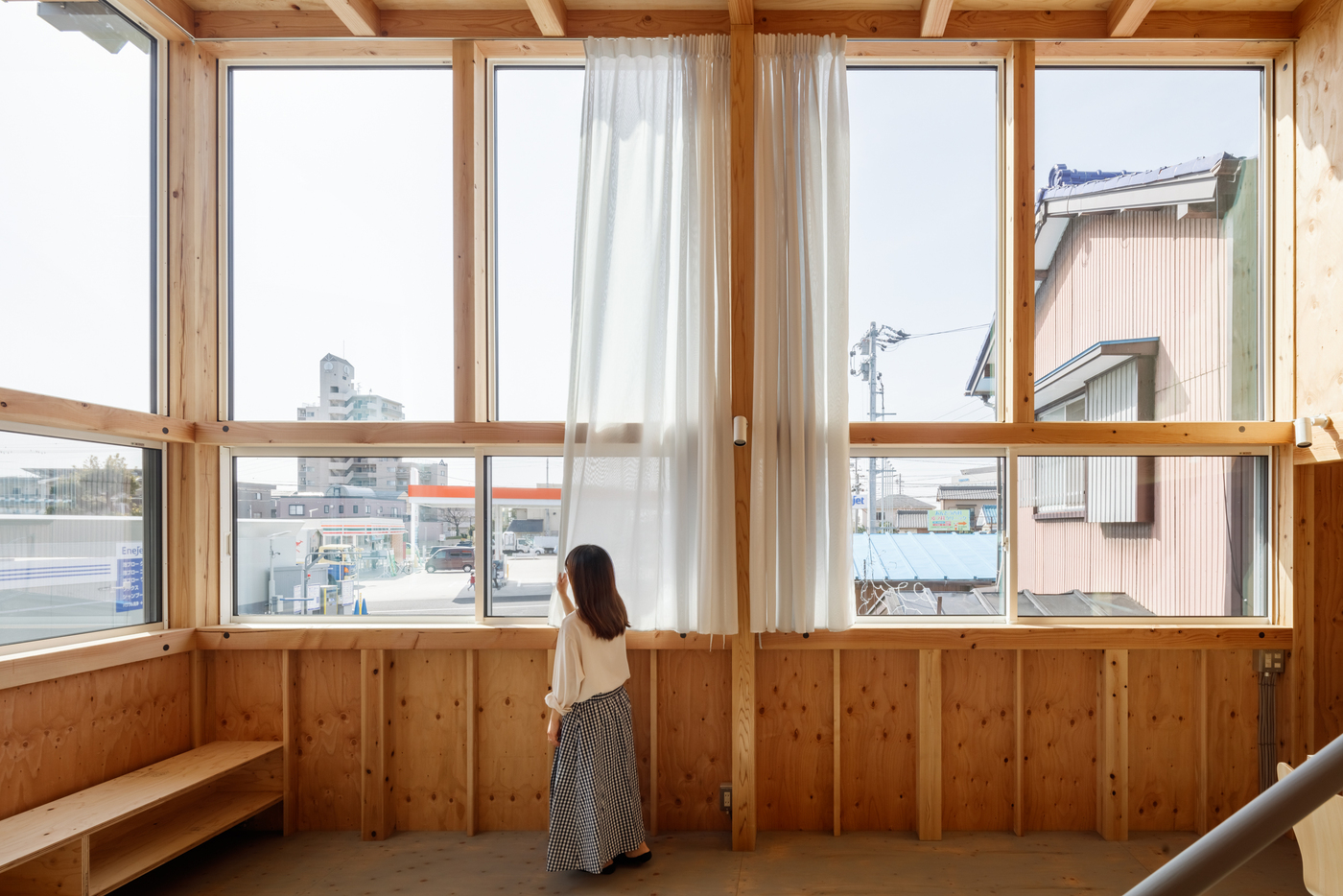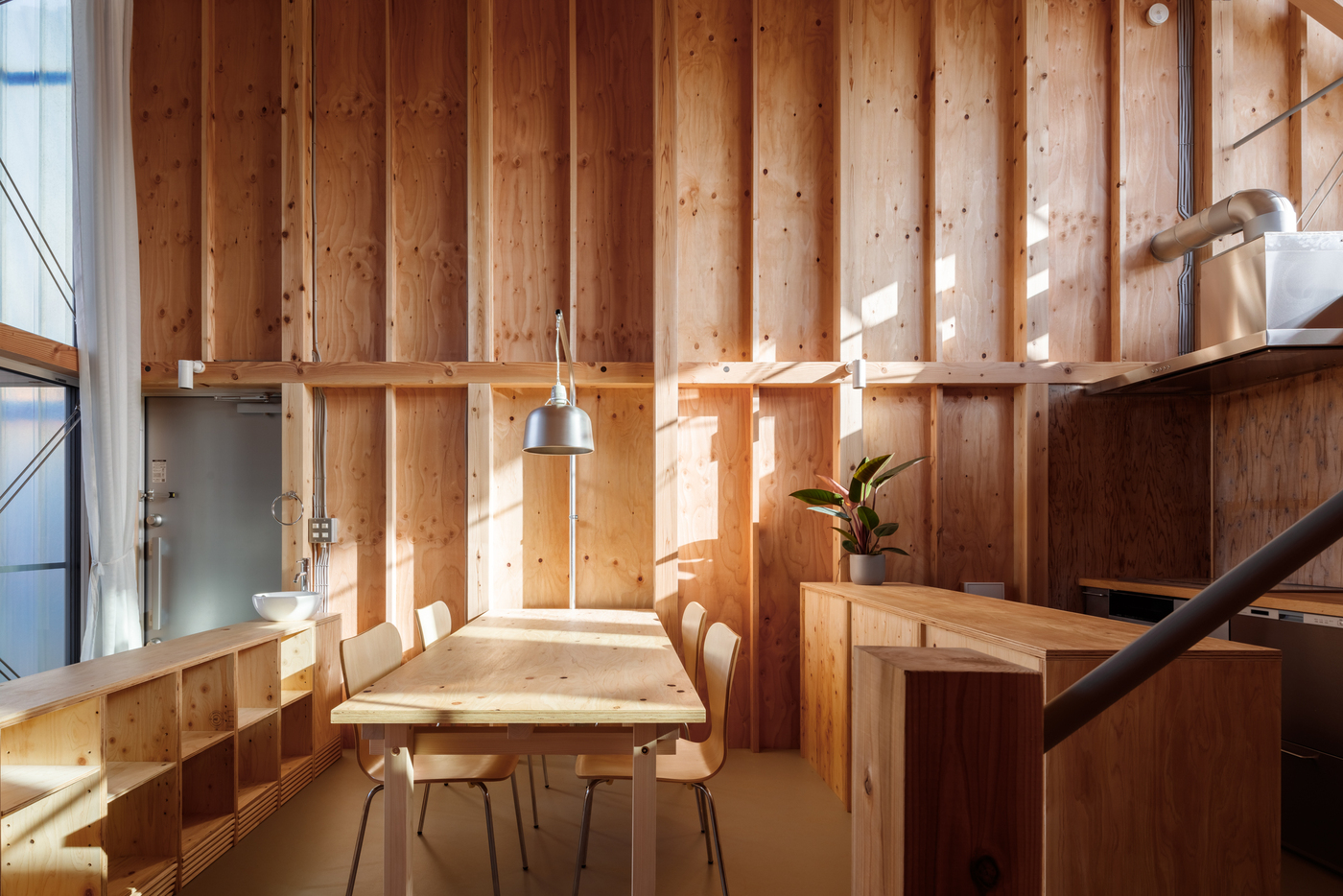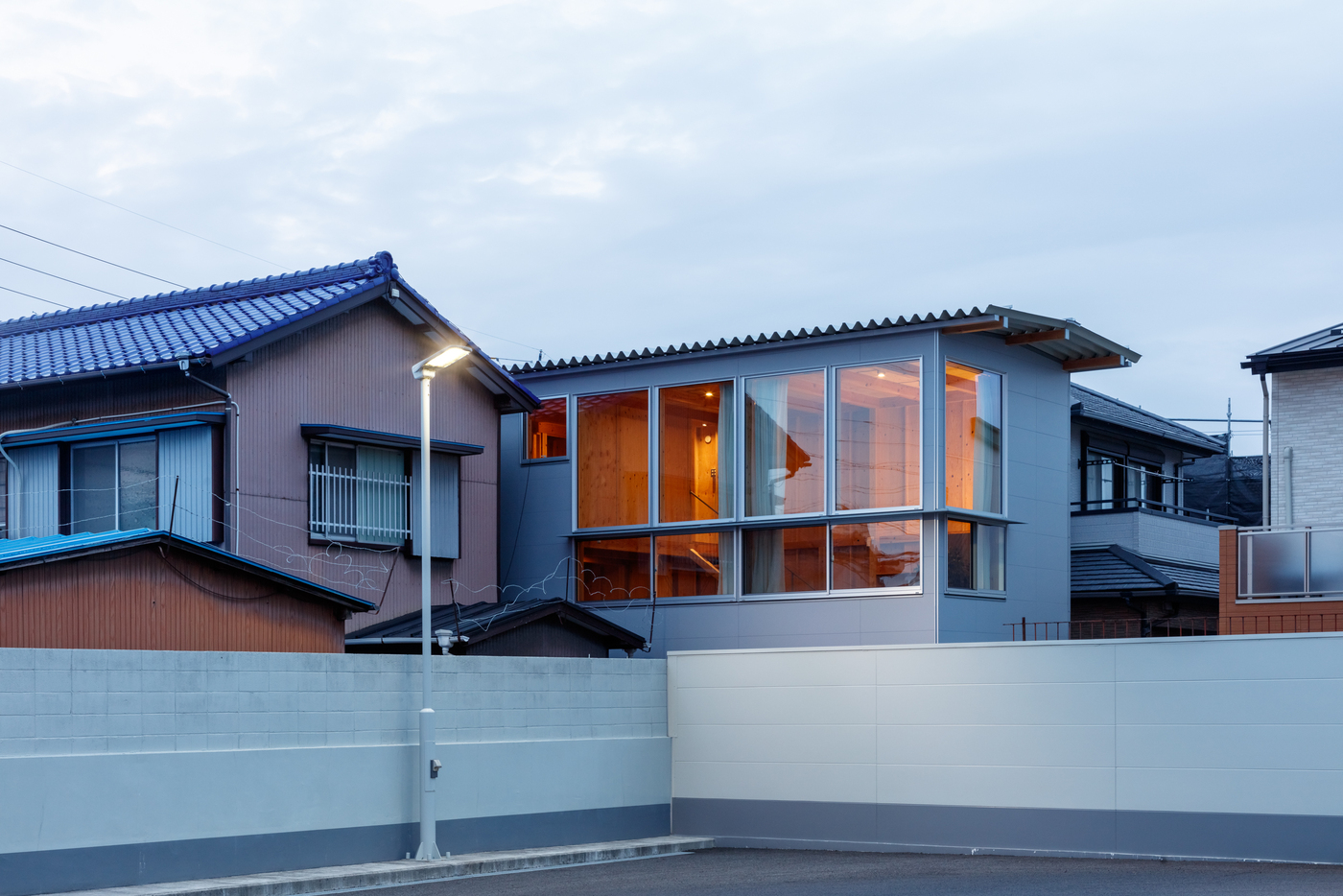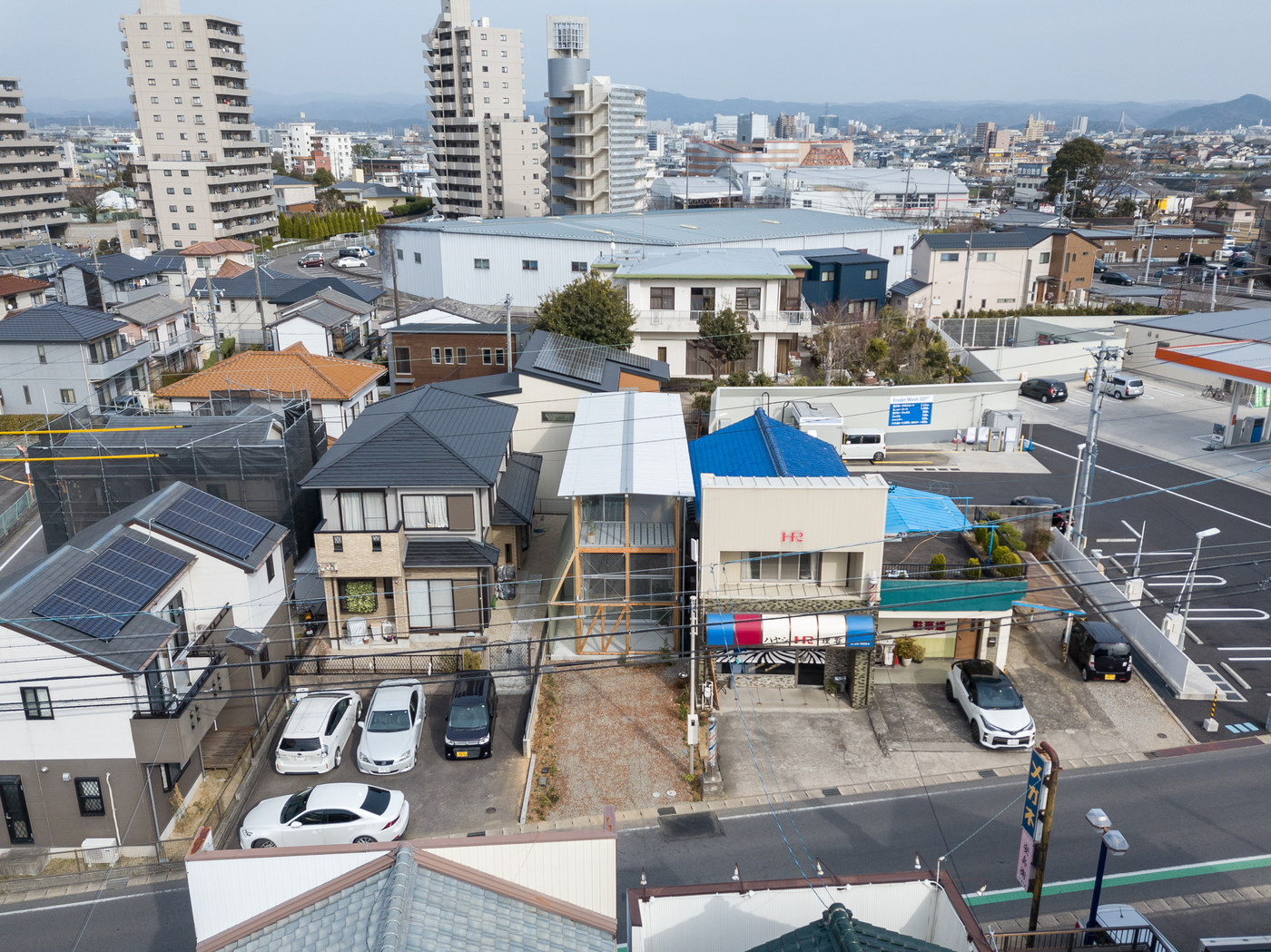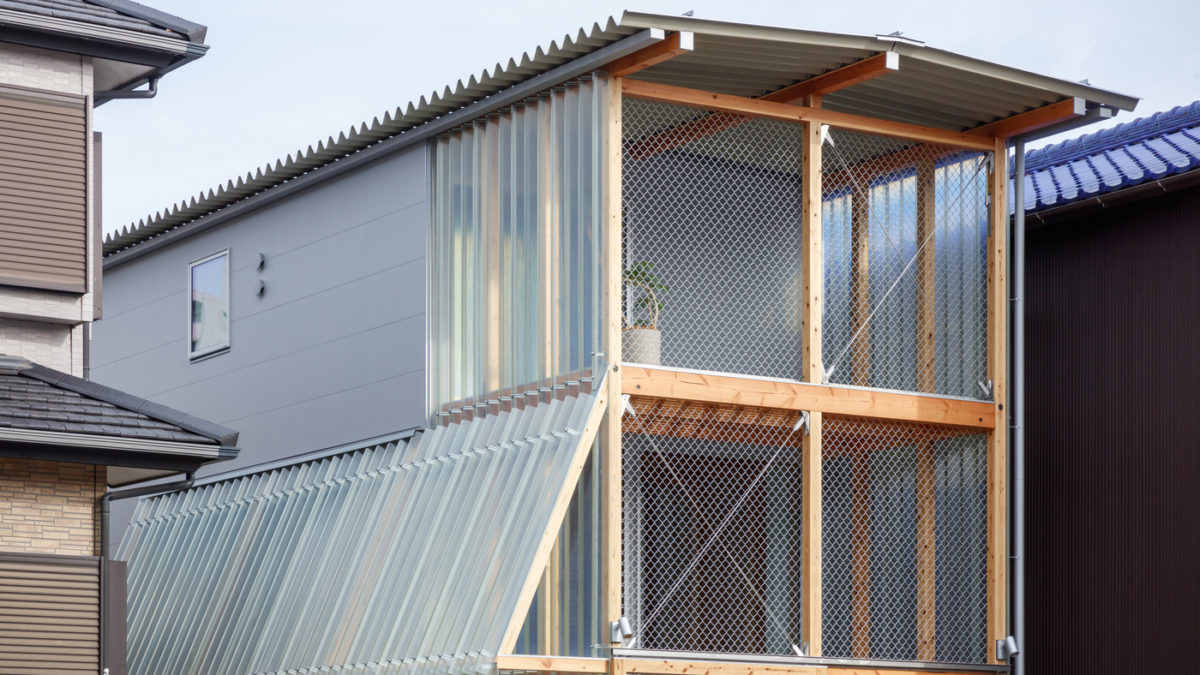
MINIMUM HOUSE, a new prototype of urban housing
Designed by the Tokyo-based studio Nori Architects, Minimum House is located in Toyota City, Aichi Prefecture. The house, for a young couple and their two children, is located on a long and narrow site that runs from east to west. On the west side there is a heavy traffic, while to the north and south the buildings are adjacent to one other.
The volume was developed as a compact box, with one side of 3.6 m and 13.6 m deep, on two floors, for a total area of about 100 square meters. The structure is divided into three levels. A large window on the southeast wall of the living room connects to the urban void, while the covered terrace is bordered by a mesh on the front and translucent walls on its sides, to allow full access to light and wind, while maintaining a moderate sense of distance from the city.
c
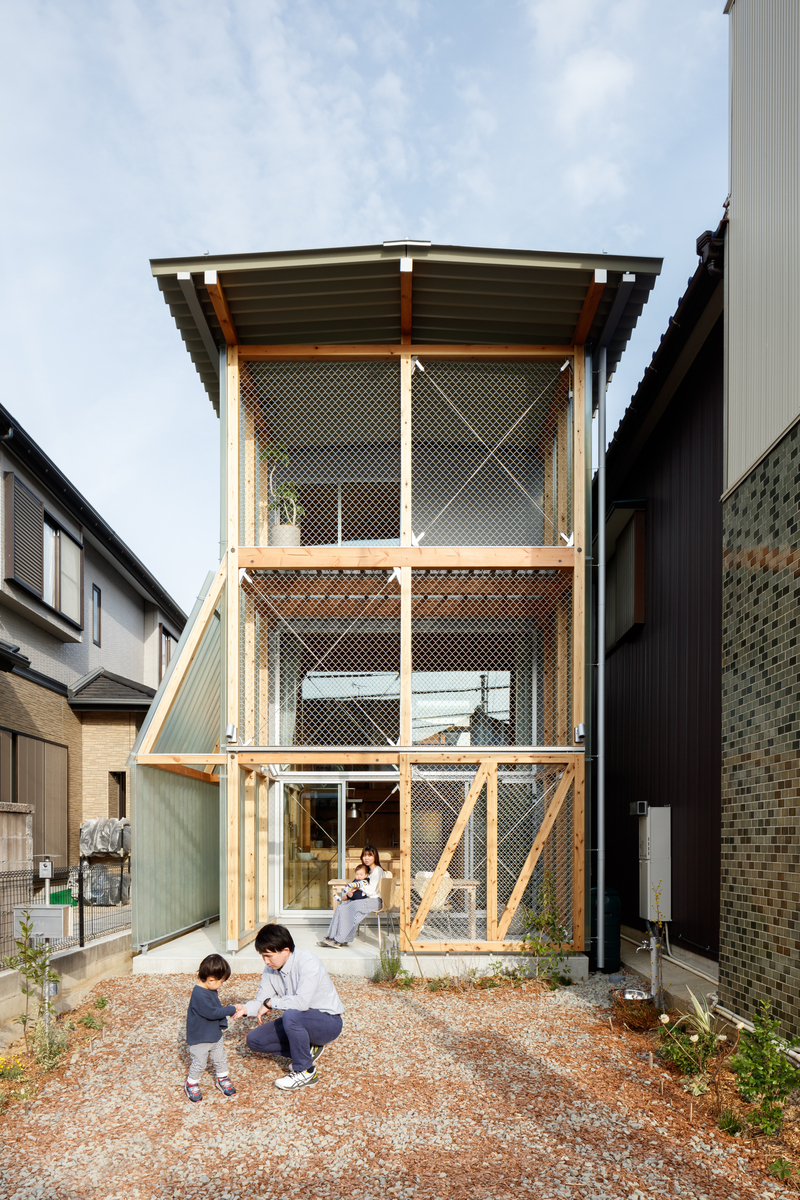
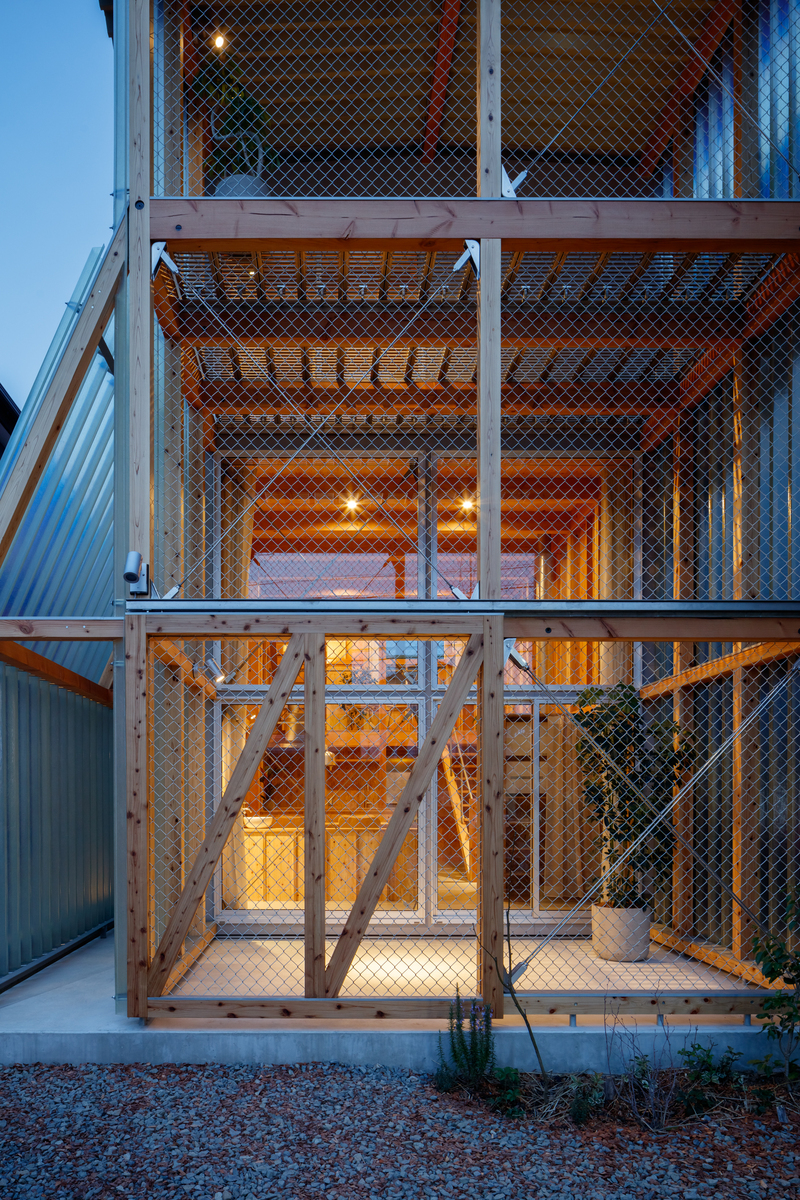
c
To ensure year-round comfort and energy efficiency, the exterior skin and mechanical equipment were designed for comfort and energy-efficiency. Within a limited budget, the studio devised ways to ensure high performance with a combination of thoroughly reduced materials and low-priced equipment.
Nori Architects created a warm wood-filled space by eliminating interior finishes by using exterior insulation, and exposing the wood structure, base, piping, and wiring. This allows the residents to understand the structure of the building and to make repairs and modifications on their own. This is a proposal for a new prototype of urban housing in an age of global environmental crisis, by providing a delightful house open to the inside (family) and outside (city), full of light, wind, and natural materials, with less construction material and waste.
By placing load-bearing walls with structural plywood and steel braces at appropriate intervals at both ends of each floor in the short direction, Minimum House achieved high earthquake resistance performance (Grade 3). The roof was constructed with a reduced number of components, by utilizing 3.5″ square timbers on top of the exterior insulation and a folded roof over baseboards and asphalt roofing. This strategy helped simplify the roof framing and eliminated the need for rafters.
By using exterior insulation, high-performance window sashes, and eaves, the building achieved high envelope performance, above the energy conservation standard. A comfortable thermal environment was achieved at low cost by devising ventilation routes and using fans and ducts to distribute warm/cold air from a single under-floor air conditioner to each zone. In addition, the entire site, including the soil, was improved by digging trenches and holes in the exterior, burying organic materials, and allowing water and air to move through the soil.
For more information on the Minimum House visit Nori Architects and don’t forget to follow the studio on Instagram!
Photos by Jumpei Suzuki
c
